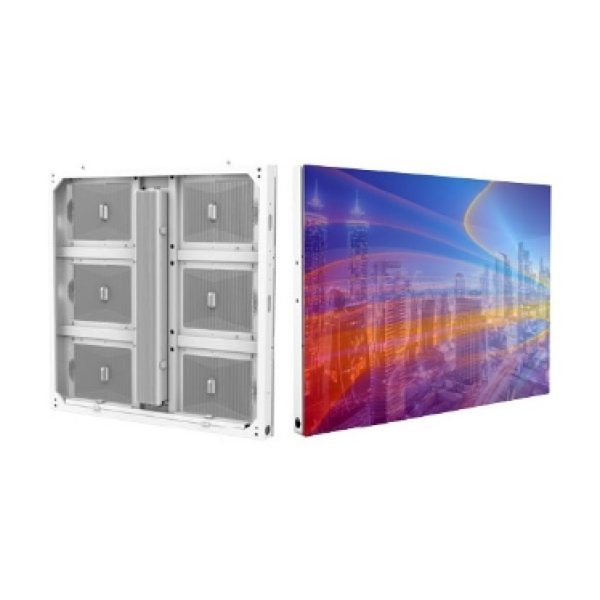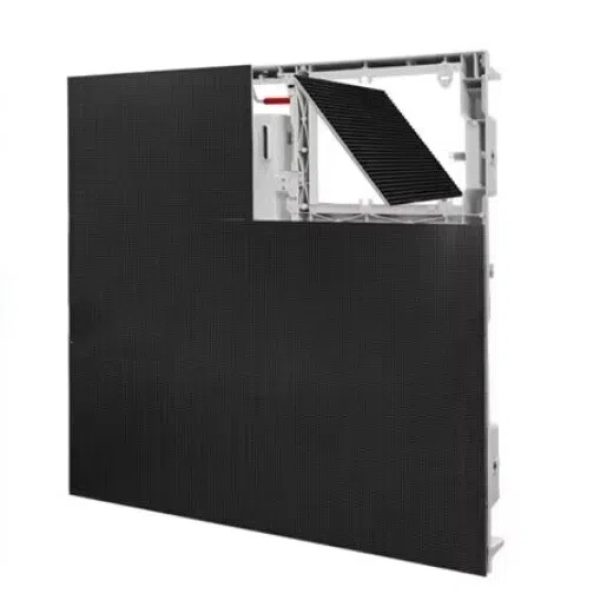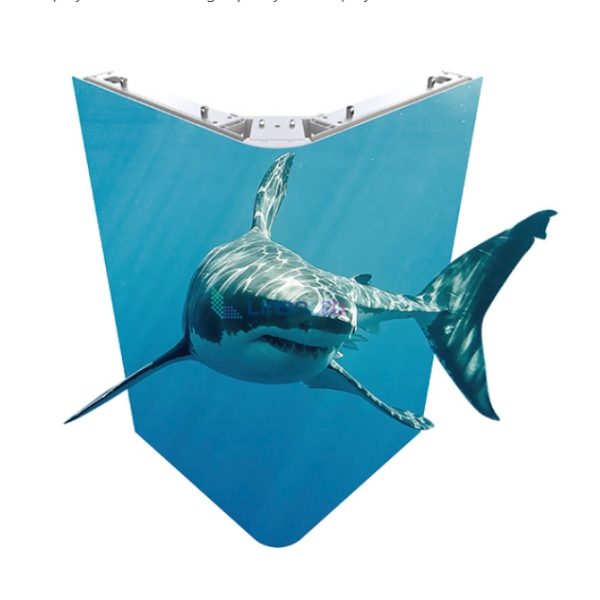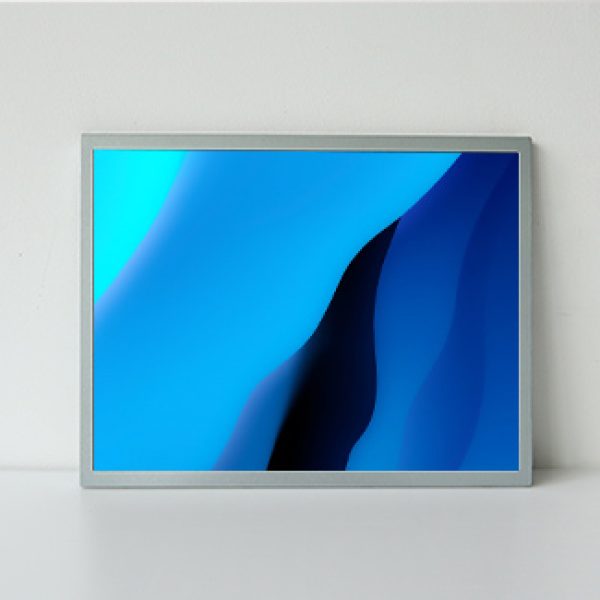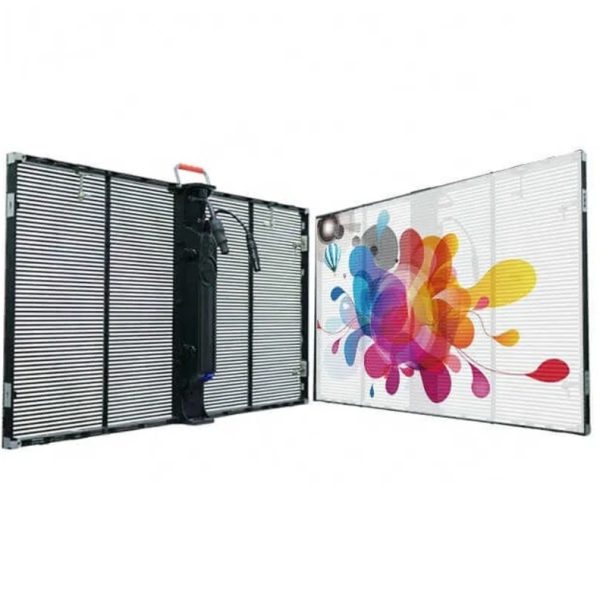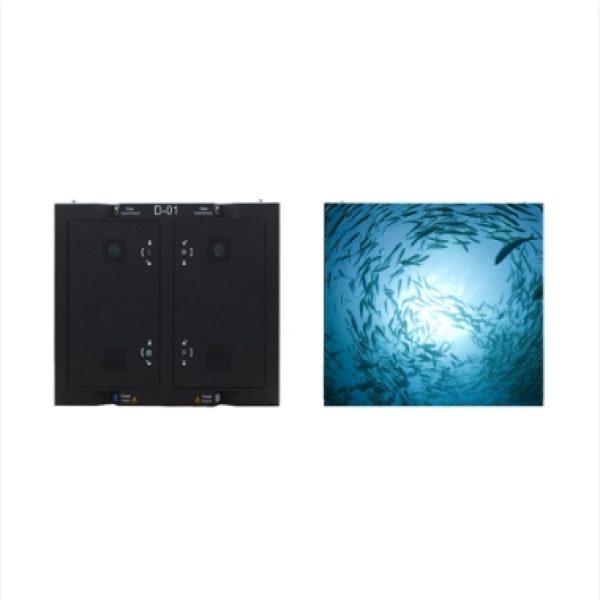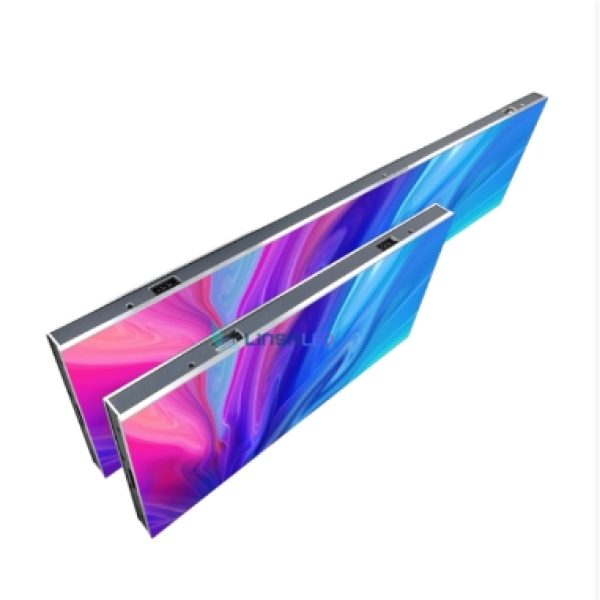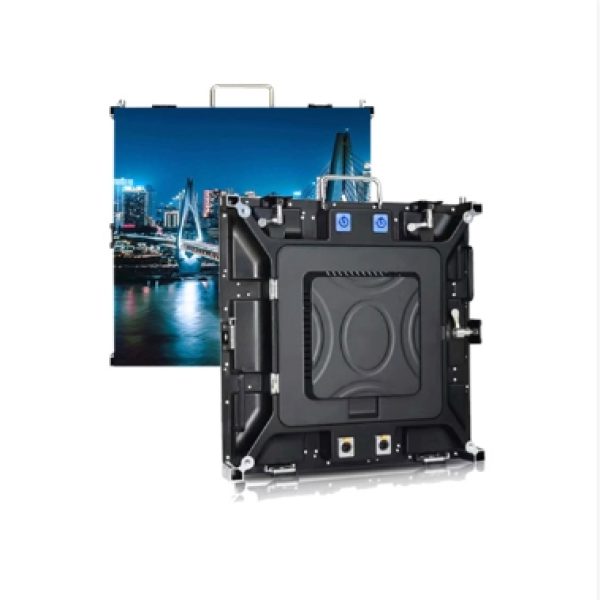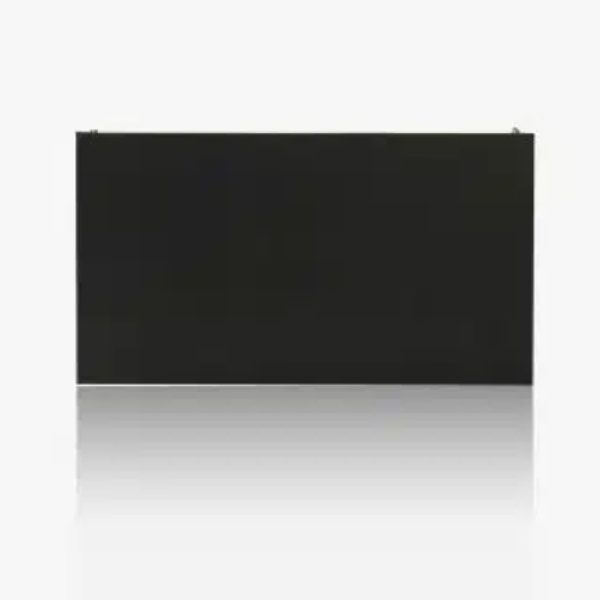What is an indoor LED display?
An indoor LED display is a high-resolution, large-format digital screen used to showcase images, videos, and textual information indoors. These displays utilize light-emitting diodes (LEDs) to produce high-quality visuals, offering vibrant colors and sharp images with excellent contrast.
Features of indoor LED displays:
Some of the key features of indoor LED displays include:
- High-resolution visuals: Indoor LED displays provide crisp, clear images and videos thanks to their high pixel density.
- Wide color gamut: These displays generate a broad range of vivid colors to create captivating and lifelike imagery.
- Energy efficiency: LED displays consume less energy compared to traditional display technologies, making them a cost-effective and environmentally friendly choice.
- Excellent contrast ratios: High contrast ratios allow for dark blacks and bright whites to create a more immersive viewing experience.
- Customizable configurations: Indoor LED displays can be customized to cater to various sizes, shapes, and resolutions, depending on specific requirements.
Types of indoor LED displays:
- Small-pitch LED displays: Ideal for close viewing distances where high-resolution and precise image quality are paramount.
- Flexible LED displays: With their malleable design, they can be easily shaped and curved to fit unique spaces or architectural designs.
- Transparent LED displays: Ideal for creating eye-catching advertising, these displays blend seamlessly into glass surfaces without obstructing the view.
- Fine-pitch LED displays: Offering an optimal balance between resolution and cost, they are suited for medium viewing distances.
- Rental LED displays: Designed for temporary installations, they are lightweight and easy to set up and disassemble.
Applications of indoor LED displays:
Indoor LED displays are utilized across numerous settings and industries, including:
- Retail stores and shopping malls
- Conference and meeting rooms
- Exhibitions and trade shows
- Broadcast studios
- Corporate lobbies
- Transportation hubs, like airports and train stations
- Educational institutions
Price of indoor LED displays:
The pricing of indoor LED displays can vary significantly depending on factors such as size, resolution, technology, and type. Small-pitch or fine-pitch displays typically command a higher price than standard-pitch displays. Additionally, unique features, such as transparency or flexibility, may impact the overall price. To obtain accurate pricing specific to your requirements, consult with an LED display provider or request a quote from a manufacturer.
Common Questions & Answers when Choosing an Indoor LED Display
-
Q: How do I determine the appropriate resolution for my indoor LED display?
A: The optimal resolution for an indoor LED display depends on factors such as viewing distance, screen size, and content type. As a rule of thumb, the closer the viewing distance, the higher the resolution should be. Consult with an LED display provider to determine the best resolution for your specific needs.
-
Q: Are indoor LED displays suitable for outdoor use?
A: Indoor LED displays are specifically designed for indoor environments and may not be suitable for outdoor usage. Outdoor LED displays, on the other hand, are made to withstand various weather conditions and have higher brightness levels to ensure visibility in sunlight. If you need a display for outdoor use, consider purchasing an outdoor LED display instead.
-
Q: How energy-efficient are indoor LED displays?
A: Indoor LED displays are considerably more energy-efficient compared to traditional display technologies, such as LCD or plasma. LEDs consume less power, generate less heat, and have a longer lifespan, making them an environmentally friendly and cost-effective choice.
-
Q: Can indoor LED displays be customized to any size or shape?
A: Yes, indoor LED displays can be customized to fit different sizes, shapes, and configurations, depending on your requirements. Flexible LED displays, for instance, can be curved around unique architectural elements or designed for irregular-shaped spaces.
-
Q: How long does it take to install an indoor LED display?
A: Installation times depend on factors like the display size, complexity, and location. Simple installations can take a few hours, while more complex setups might require a day or more. Working with a professional installation team can help ensure the process is efficient and the end result is satisfactory.
-
Q: What kind of maintenance is required for indoor LED displays?
A: Indoor LED displays require minimal maintenance. Regular cleaning to remove dust and debris from the screen is recommended to maintain optimal visual quality. Additionally, periodically checking the display's hardware, connections, and software ensures the system functions smoothly and prolongs its lifespan.
-
Q: What should I consider when choosing an indoor LED display provider?
A: Look for a provider with a solid reputation, proven track record, and excellent customer support. They should offer high-quality, reliable products, and be knowledgeable about the latest industry trends and available technologies. Additionally, inquire if the provider offers comprehensive after-sales services, including installation, maintenance, and troubleshooting support.

